Introduction
Corn, known scientifically as Zea mays, is a staple crop enjoyed worldwide for its versatility and nutritional value. From sweet and juicy cobs to popcorn and cornmeal, this cereal grain offers a myriad of culinary possibilities. However, enjoying corn at its best requires knowing how to identify fresh corn. Fresh corn is not only more flavorful but also retains more nutrients compared to stale or aged produce. This guide will provide you with comprehensive insights on how to select the freshest corn possible, ensuring that every bite is a delightful experience.
Understanding Corn Varieties
Before diving into the specifics of identifying fresh corn, it’s crucial to understand the different varieties available. Corn can broadly be categorized into several types based on their use and genetic traits:
-
Sweet Corn: This is the most commonly consumed type, valued for its sugary kernels. Sweet corn is harvested while the kernels are still tender and milky, making it ideal for eating fresh, boiling, or grilling.
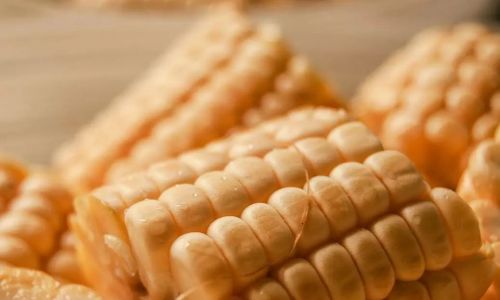
-
Field Corn: Also known as dent corn, this variety is primarily used for livestock feed, industrial products, and ethanol production. Its kernels have a harder texture and are less suitable for direct human consumption.
-
Popcorn: As the name suggests, this type of corn is specifically grown for popping. Its kernels are small and hard, containing a high moisture content that expands when heated.
-
Flint Corn: Characterized by its hard, glassy kernels, flint corn is used in traditional dishes like hominy and masa. It has a lower moisture content and a longer storage life.
-
Flour Corn: This variety is ground into cornmeal, used for making tortillas, grits, and other dishes. It has a softer texture compared to flint corn.
For the purpose of this guide, we will focus on sweet corn, as it is the most sought-after for fresh consumption.
Visual Inspection: The First Line of Defense
-
Husk Color and Condition: Start by examining the outer husk. Fresh corn should have bright green, moist, and tightly wrapped husks. Avoid cobs with dried, browned, or torn husks, as they indicate that the corn has been on the shelf for too long.
-
Silk Appearance: The silks (threads) attached to the top of the cob should be a moist, golden to dark brown color. Dry, brittle, or blackened silks are a sign of aging. However, note that some varieties may have naturally lighter silk colors, so always consider other factors in conjunction.
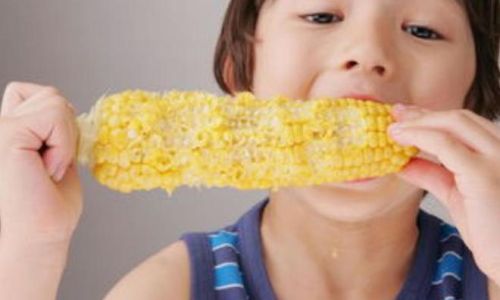
-
Kernel Appearance: Peel back a small section of the husk to inspect the kernels. Fresh kernels should be plump, juicy, and tightly arranged. Avoid cobs with shriveled, discolored, or missing kernels, as these are signs of dehydration or poor quality.
-
Kernel Consistency: Press gently on a few kernels. Fresh corn should give slightly under pressure but should not feel soft or mushy. Mushy kernels indicate over-maturity or spoilage.
Tactile and Olfactory Checks
-
Feel the Cob: Hold the cob firmly. Fresh corn should feel firm and heavy for its size, indicating that it is full of moisture. Lightweight cobs may be dry or underdeveloped.
-
Smell the Husk: Fresh corn has a subtle, sweet aroma. If the husk smells musty, moldy, or has no discernible scent, it’s best to avoid the cob.
Seasonal Availability and Storage Considerations
-
Seasonal Trends: Corn is a seasonal vegetable, with peak harvest times varying by region. In North America, sweet corn is typically available from late spring to early autumn. Knowing your local harvest season can help you time your purchases to coincide with freshness.
-
Proper Storage: Once you’ve selected fresh corn, proper storage is key to maintaining its quality. Keep unhusked corn in the refrigerator’s crisper drawer, where it can stay fresh for up to three days. For longer storage, consider freezing the kernels after blanching and cooling them promptly.
Checking for Pests and Diseases
-
Insect Damage: Examine the cob carefully for signs of insect bites or worm holes. While minor damage may not affect the overall quality, extensive infestation can compromise the taste and safety of the corn.
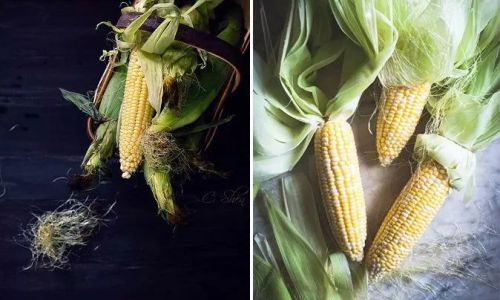
-
Disease Symptoms: Look out for mold, rot, or discoloration on the cob or husk. These can be signs of fungal infections or other diseases that can spread quickly and ruin the entire batch.
Vendor and Source Reliability
-
Farmers’ Markets: Visiting local farmers’ markets is a great way to source fresh corn directly from the producers. Farmers often have the freshest produce, as they harvest it close to the point of sale.
-
Supermarket Selection: When buying from supermarkets, choose cobs from well-stocked, refrigerated sections. Avoid bulk displays where corn may have been sitting out for extended periods.
-
Organic vs. Conventional: While organic certification doesn’t guarantee freshness, it often indicates a higher standard of care and fewer pesticides used, which can positively impact the corn’s overall quality.
Conclusion
Identifying fresh corn involves a combination of visual, tactile, and olfactory checks, along with considering seasonal trends and storage practices. By following the tips outlined in this guide, you can ensure that your corn is as fresh as it can be, maximizing its flavor, texture, and nutritional benefits. Remember, fresh corn is a seasonal delight, so make the most of it when it’s available. Happy harvesting and enjoy your fresh, juicy cobs!
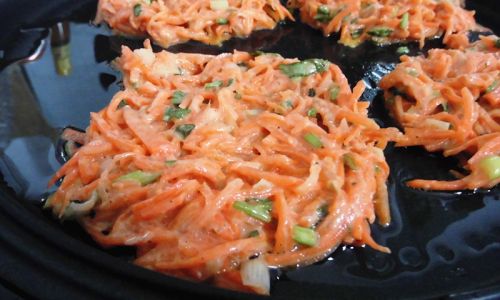
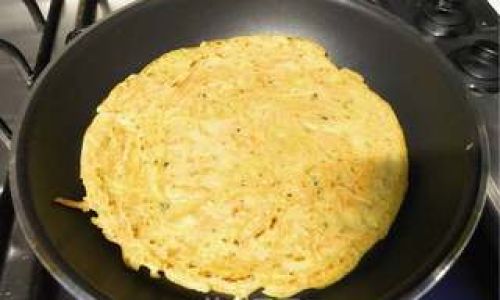

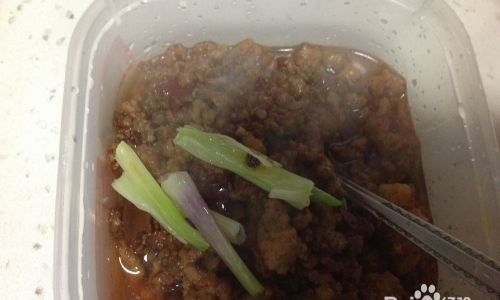
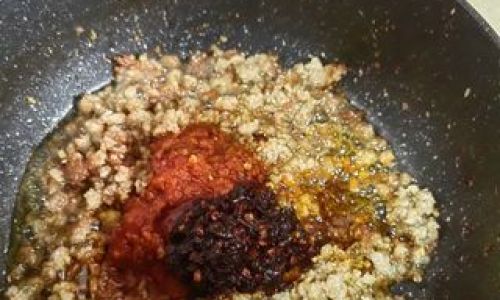
0 comments